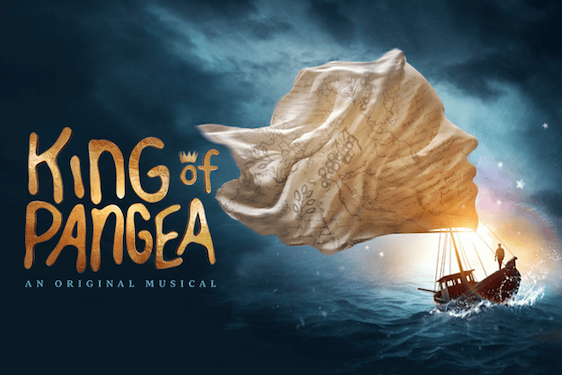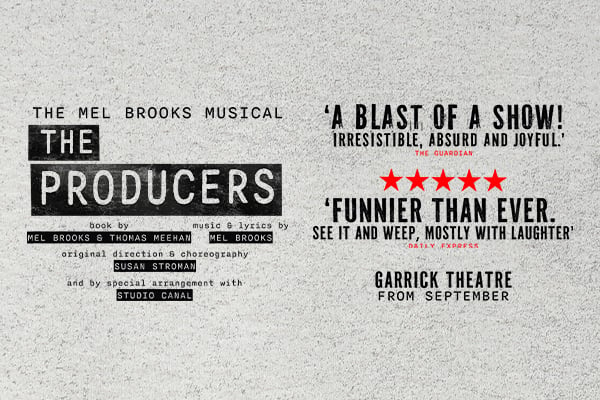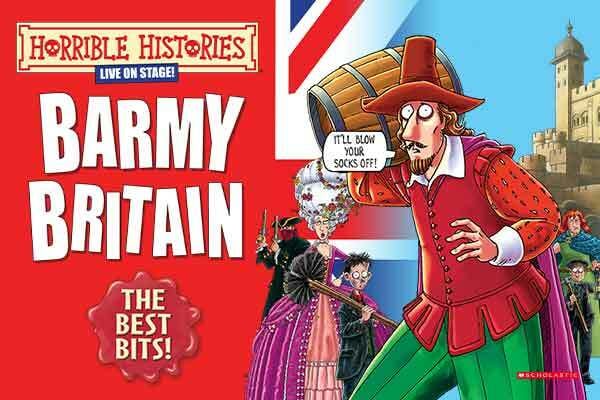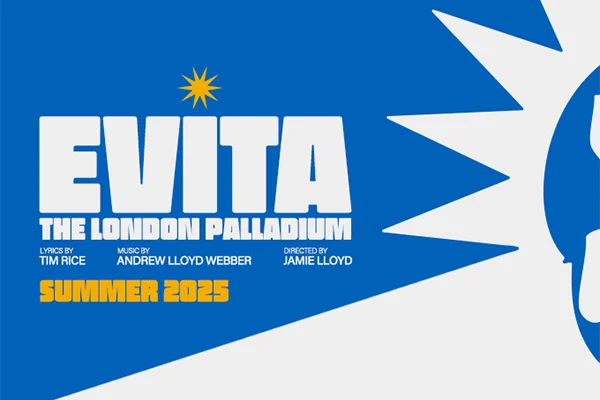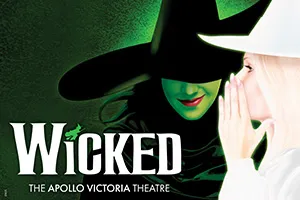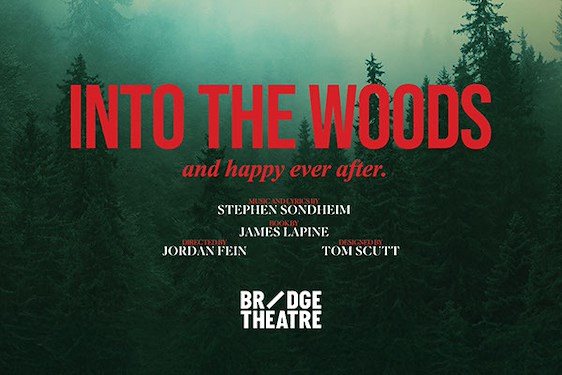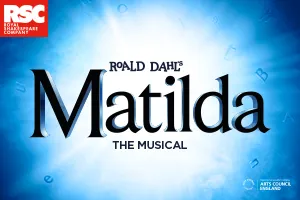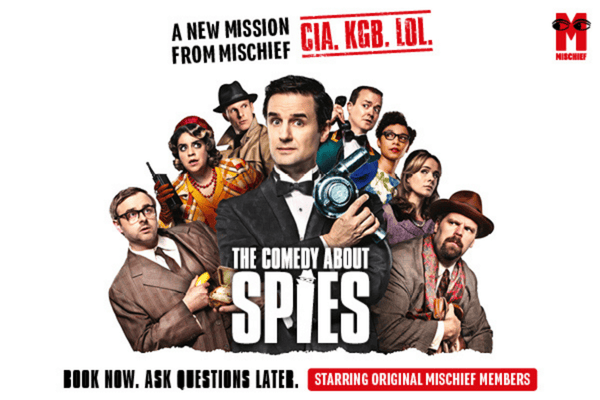Andy Warhol once declared, 'Making money is art and working is art and good business is the best art'. In many respects this maxim underpins much of Anthony McCarten’s new play, The Collaboration at the Young Vic, which explores a time in the early 1980s when the artist collaborated on and off with Jean-Michel Basquiat.
somewhat superficial, rarely reaching to the hearts of the two men
Director Kwame Kwei-Armah’s bright and bold production leaves us in no doubt about the period. On entering, the stage and walls are vibrant and awash with vivid colours, projections and video footage of New York in that innovative era. The famous songs of the day blare out in disco style, complete with scratch effects. It gets a buzz going around the theatre thanks to another collaboration, this time of lighting designer Mark Henderson, sound designer Emma Laxton, projection designer Duncan McLean, Ayanna Witter-Johnson in charge of composition and DJ/VJ Xana visible in her box aloft, wearing a startling scarlet dress with a glistening gold chain worthy of the office of mayor. The set and costume design by Anna Fleischle is absolutely on the mark.
Then it all calms down as the pensive and distant Paul Bettany enters, looking more like Warhol than Warhol himself. Just a few years younger than he would have been at this time, lean and just a fraction taller, everything about him captures the image of the man assisted not least by the wig of white hair, the glasses and the jeans. His ponderous, relaxed mannerisms and gentle voice are in stark contrast to the Germanic tones adopted by Alec Newman as the pushy Swiss art dealer Bruno Bischofberger, to whom Warhol had given the right of first refusal on his works since 1968 and who set the pair up for this liaison.
Bischofberger was concerned that Warhol’s domination of the New York art scene was in decline as rapidly as Jean-Michel Basquiat’s presence was taking over. With misgivings on both sides, they finally agree to go ahead with Bischofberger’s idea that they should work together, despite their many differences in temperament and style. These are brought out by Jeremy Pope in his restless dancing around their studio, his berating of Warhol for having not picked up a paintbrush in twenty-three years and the effects of his drug-fueled lifestyle. His womanising and relationship with Maya forms something of a subplot and relief from the philosophical discussion with Warhol. Sofia Barclay restores a note of reality and everyday life through her determined attitude in this role.
Warhol said of himself, “If you want to know all about Andy Warhol, just look at the surface of my paintings and films and me, and there I am. There's nothing behind it”. It’s a fair comment on the The Collaboration too. We see the painting and Warhol’s obsession with filming; we hear the speculative dialogue that McCarten imagines might have occurred, but it all feels somewhat superficial, rarely reaching to the hearts of the two men.
As a whole, it’s not too dissimilar from Vivien Raynor’s verdict on the 1985 exhibition at the Tony Shafrazi Gallery that displayed the results of their collaboration, which she called a ‘a pas de deux’. Writing in the New York Times she proclaimed, ‘The 16 results - all ''Untitleds,' of course - are large, bright, messy, full of private jokes and inconclusive’. A few years later both men were dead: Warhol in 1987 aged 58, from post-operative complications; Basquiat in 1988, aged 27 from a heroin overdose.







